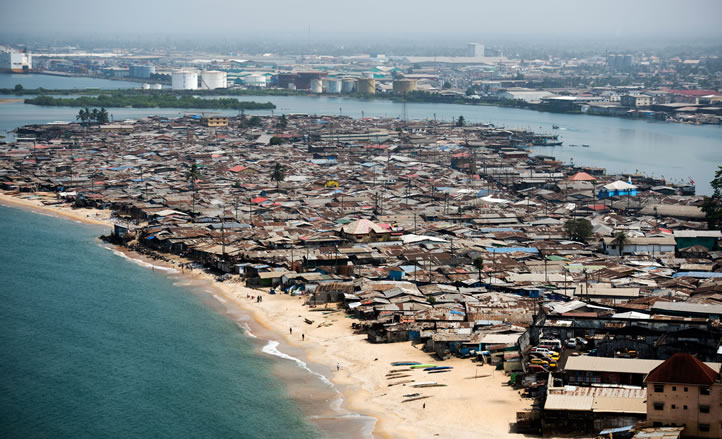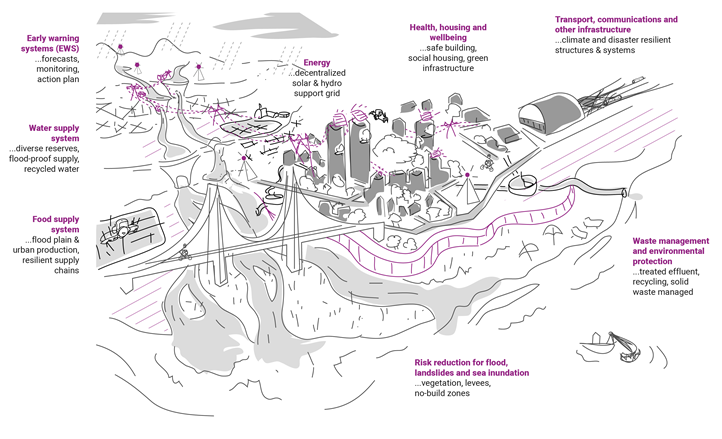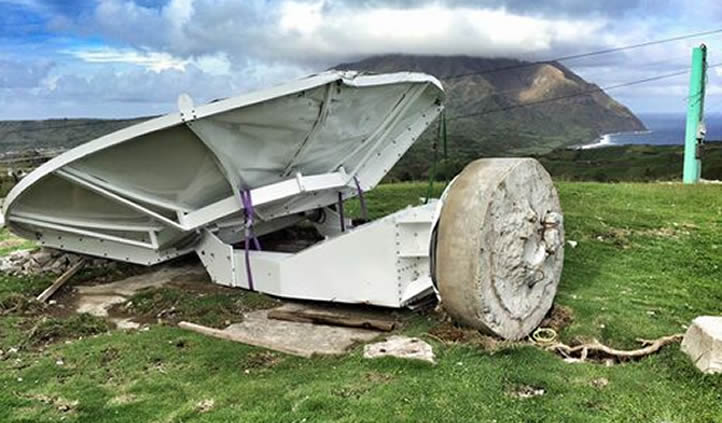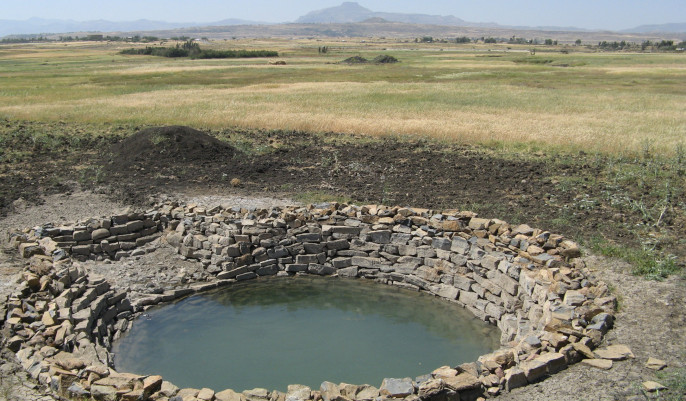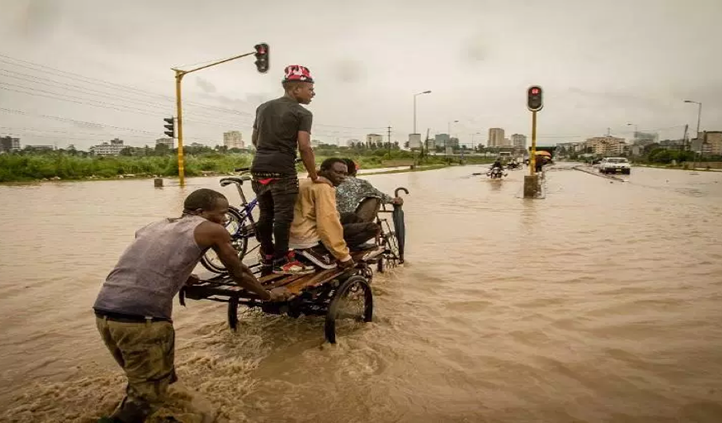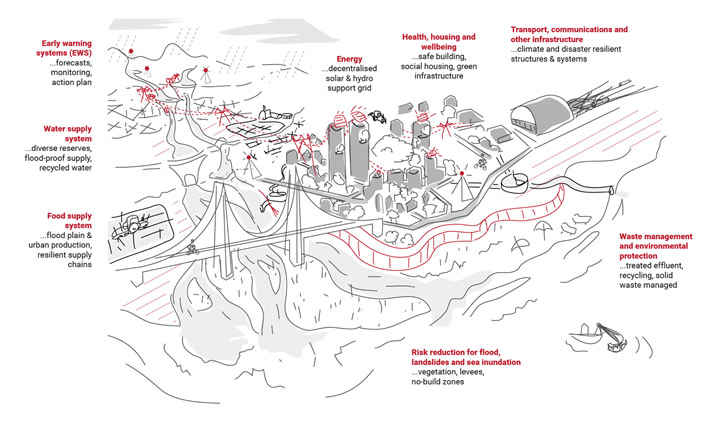Welcome to the Global Assessment Report
The UN Global Assessment Report on Disaster Risk Reduction (GAR) is the flagship report of the United Nations on worldwide efforts to reduce disaster risk. The GAR is published biennially by the UN Office for Disaster Risk Reduction (UNDRR), and is the product of the contributions of nations, public and private disaster risk-related science and research, amongst others.
Inside GAR 2019
This chapter provides background on a decades-long shift that has brought us to the Sendai Framework. It traces how a shared global policy commitment has emerged from the idea of managing disasters and seeking to mainstream DRR, to an approach of managing the wider risks embedded in our social, economic and environmental activity.
Chapter 2: Systemic Risks, the Sendai Framework and the 2030 Agenda
This chapter explores the systemic risks that are embedded in the complex networks of an increasingly interconnected world. It explores the dynamic interactions among the Sendai Framework, the 2030 Agenda, the Paris Agreement, the New Urban Agenda and the Agenda for Humanity.
Part 1 highlights how risk science is changing. Hazards interact with each other in increasingly complex ways, and our understanding of this is expanding. Vulnerability can have myriad dimensions. Calculating the exposure to a virus is different to calculating the exposure to a landslide.
This part introduces the global disaster risk landscape with emphasis on the globally agreed goals and targets of the Sendai Framework and the 2030 Agenda. It takes stock of experiences so far, with a comparative analysis of country-specific evidence on national reporting.
